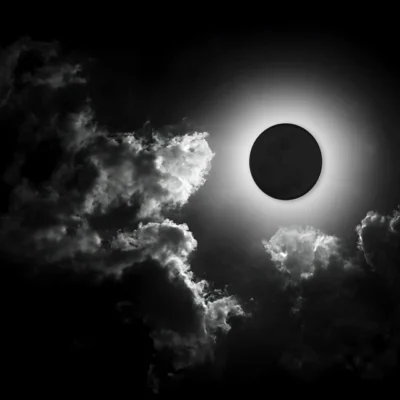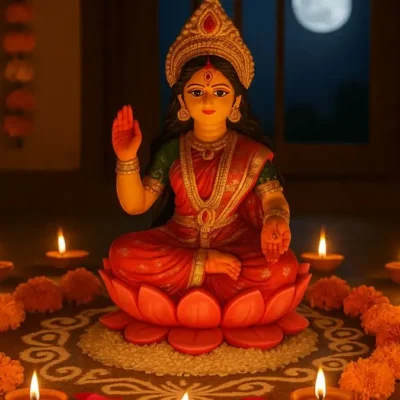Dehradun Lakhamandal Temple, Uttarakhand

Address
Dehradun Lakhamandal Temple, Uttarakhand
Lakha Mandal, Dehradun district,
Uttarakhand 248124
Moolavar
Lord Shiva
Introduction
Lakhamandal Temple is an ancient temple complex dedicated to Lord Shiva, located in the Jaunsar-Bawar region of Dehradun district in Uttarakhand, India. The name “Lakhamandal” is derived from two words: “Lakha” (Lakh), which means many, and “Mandal,” meaning temples or lingams.
- Lakhamandal Temple is situated on the banks of the Yamuna River, adding to its scenic and serene location.
- It is popular among the followers of the Shakti cult, who believe that a visit to this temple can help alleviate misfortunes.
Puranic Significance
Historical Significance:
- An inscription dated to the 6th century A.D. records the construction of the Shiva Temple at Lakhamandal by Princess Ishwara, a member of the royal Singhpura lineage. She built the temple for the spiritual welfare of her late husband, Chandragupta, the son of the king of Jalandhara.
- The temple was reconstructed in the 12th-13th century in the Nagara architectural style.
- The temple complex is filled with numerous sculptures and architectural remains, suggesting the existence of more shrines of the same cult in the past, although only this temple survives today.
Connection with the Pandavas:
- According to local mythology, Lakhamandal is associated with the events surrounding the Pandavas and the Kauravas from the Mahabharata.
- It is said that Duryodhana planned to kill the Pandavas in a house made of wax (Laksha Griha) in Lakhamandal. The Pandavas, with the grace of Shakti, escaped and sought refuge in a nearby cave called Dhundhi Odaari.
- Inside the temple complex, there is a shrine dedicated to Goddess Sakthi in memory of this event.
- Local tradition suggests that Bhima, one of the Pandava brothers, married Hidimba, a demoness, and fathered Ghatotkacha in this region.
Special Features
Danav and Manav Statues:
- Twin statues of Danav and Manav are located beside the main shrine. These statues serve as the doormen (Dvarapalas) of the temple.
- Some believe these statues represent Pandava brothers Bhima and Arjuna, while others consider them to be Jaya and Vijaya, the doormen of Lord Vishnu.
- It is believed that if someone is brought to these statues at the brink of death or immediately after dying, the power of Manav will keep them briefly alive, while Danav will transport their soul to Lord Vishnu’s abode, Vaikunda.
Architecture and Artifacts:
- The temple is built in the Nagara style of architecture.
- The primary attraction of the shrine is a graphite lingam, which sparkles and reflects its surroundings when water is poured on it.
- The temple complex also houses shrines dedicated to Lord Shiva, the five Pandavas, Goddess Sakthi, and Parshuram.
- The temple walls feature intricately carved inscriptions, and many dilapidated sculptures from the 8th century AD are found scattered within the temple premises.
Century/Period
6th century A.D
Managed By
Archaeological Survey of India
Nearest Bus Station
Barkot
Nearest Railway Station
Dehradun
Nearest Airport
Dehradun









